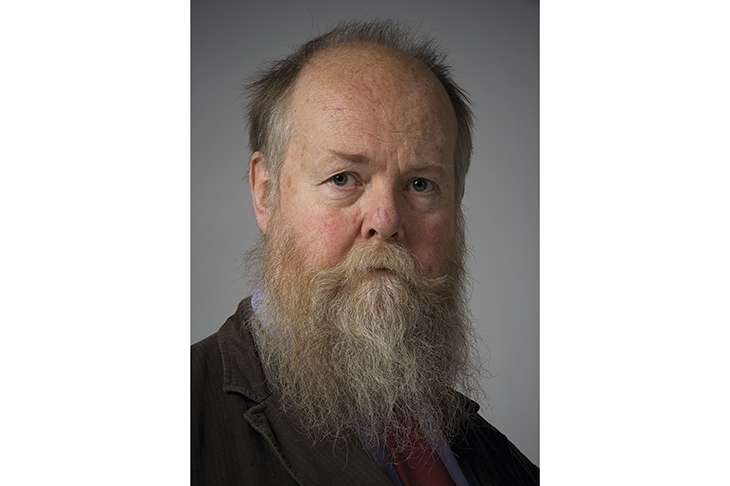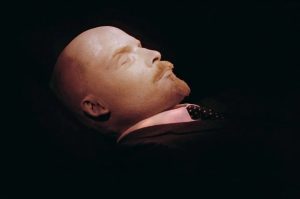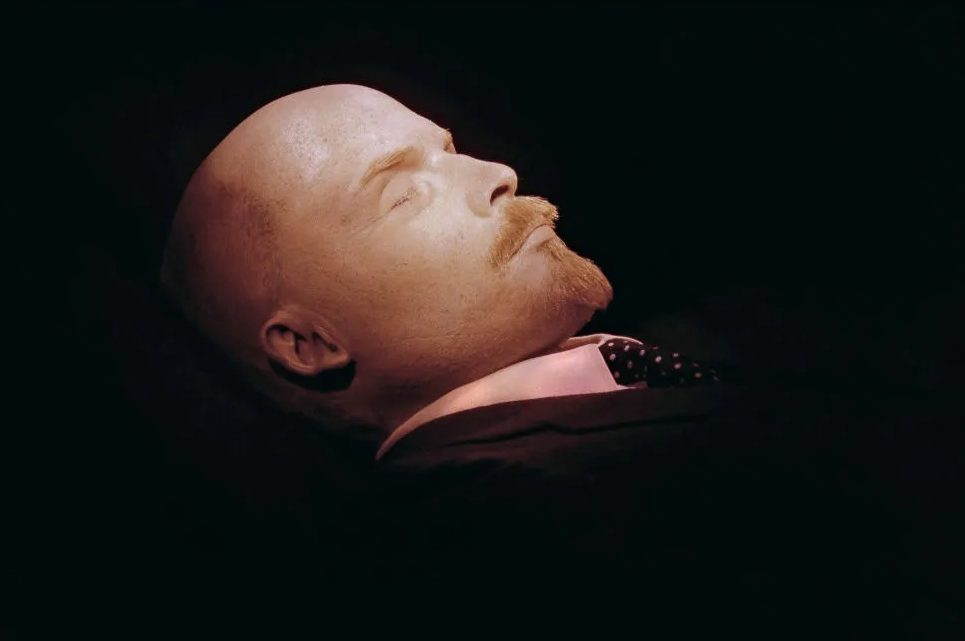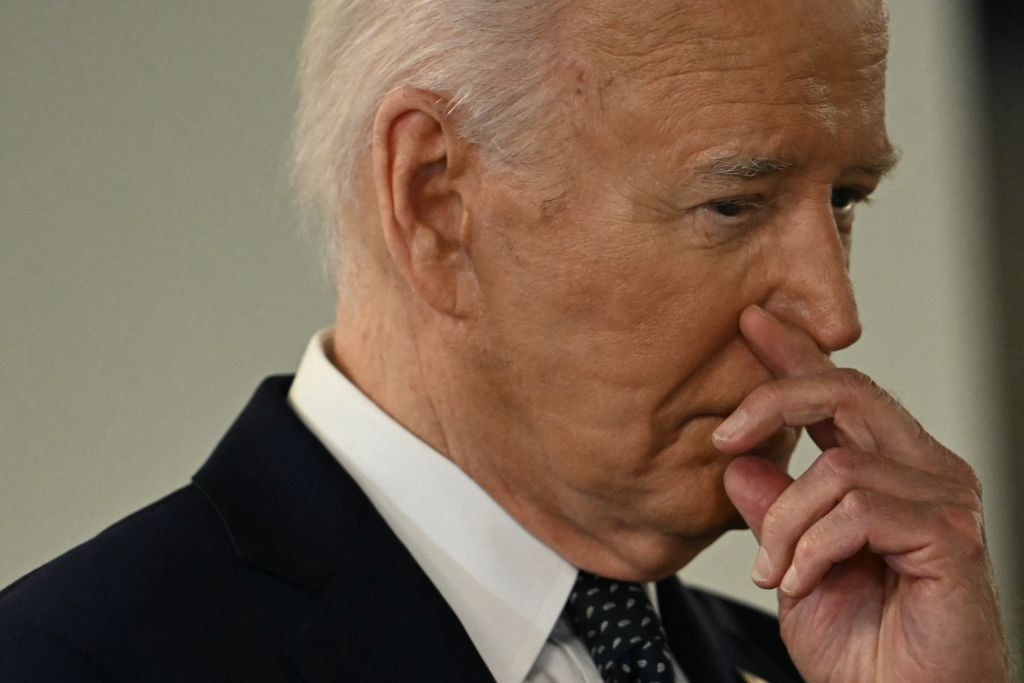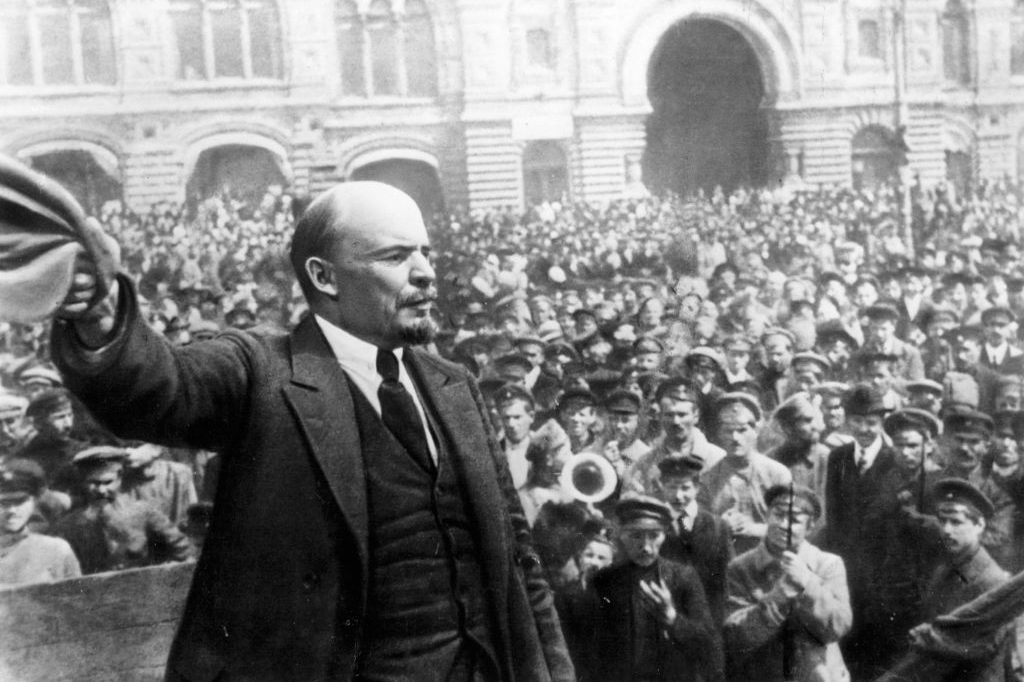Viewers of British cable news, now that Zoom shows talking heads in their own homes, want before anything to have a good look at the sitting rooms or study shelves of daily newspaper reviewers. But often this important task is distracted by disturbing face-foliage grown during lockdown. Jack Blanchard from Politico presents a face mottled with brown and grey like lichen on an old wall, and the curvaceous chin of James Rampton from the Independent bursts out with stubble like a ginger Desperate Dan.
This is like lining up for the supermarket in your pajamas, so different from the profitably energetic habits of Samuel Pepys, who told his diary: ‘Up betimes, and shaved myself after a week’s growth. But, Lord! how ugly I was yesterday and how fine to-day!’
He had an excuse, for he’d spent the time, in gaps between work, putting his house to rights after the Great Fire of London. It had lost its windows from explosions set off nearby to make fire-breaks, and his furniture had been down the river to Deptford and back. ‘Now my house is so clean as I never saw it, or any other house in my life,’ he declared 16 days after the fire abated. Like house, like chin.
Pepys was not really free to grow a beard for one reason: he wore a wig. Wigs of fashion for men drove out beards. The last Archbishop of Canterbury for centuries to wear a beard was Gilbert Sheldon, who died in 1677. Then they all wore wigs (and no beards) until William Howley (who wore a wig in the early hours to tell Victoria in her nightie that she had become Queen). He died in 1848. Then beardage came creeping in, tentatively with Archbishop Frederick Temple (1896) and his divided curtain of Dundreary side-whiskers. Abundantly primatial beards stormed back with Rowan Williams, a self-trimmer, from 2002.
Because beards become periodically fashionable, subsequent unfashionability catches out the settled in habit. In 1888, the stay-at-home Charles Pooter still wore a full beard. ‘Carrie is very proud of my beard,’ he confided to his Diary of a Nobody. His son Lupin wouldn’t have dreamt of wearing one. Neither Oscar Wilde at high-end aestheticism nor the mufflered street gangs of Clarence Rook’s Hooligan Nights (1899) could live without shaving soap and razor.
The unthinkability of beards had nothing to do with conscription in 1916 or the need to wear gas masks. Fashion took against them with subterranean reasons. The common-sense 20th-century English view of beards was best represented by Richmal Crompton’s William Brown (in 39 books, from 1922), for whom beards belonged to artists (Augustus John), psychiatrists (Freud) and communists (Lenin, Trotsky).
It went without saying, like all strongly held attitudes, that beards were repellent to women. More even than spectacles, they killed sexual attraction. That underwent an unlooked-for reversal with the rise of carefully tended hipster beards. But it doesn’t apply to beards of convenience, worn like unwashed vests. They take isolation a step nearer inceldom.
This article was originally published in
The Spectator’s 10,000th UK magazine. Subscribe to the US edition here.



